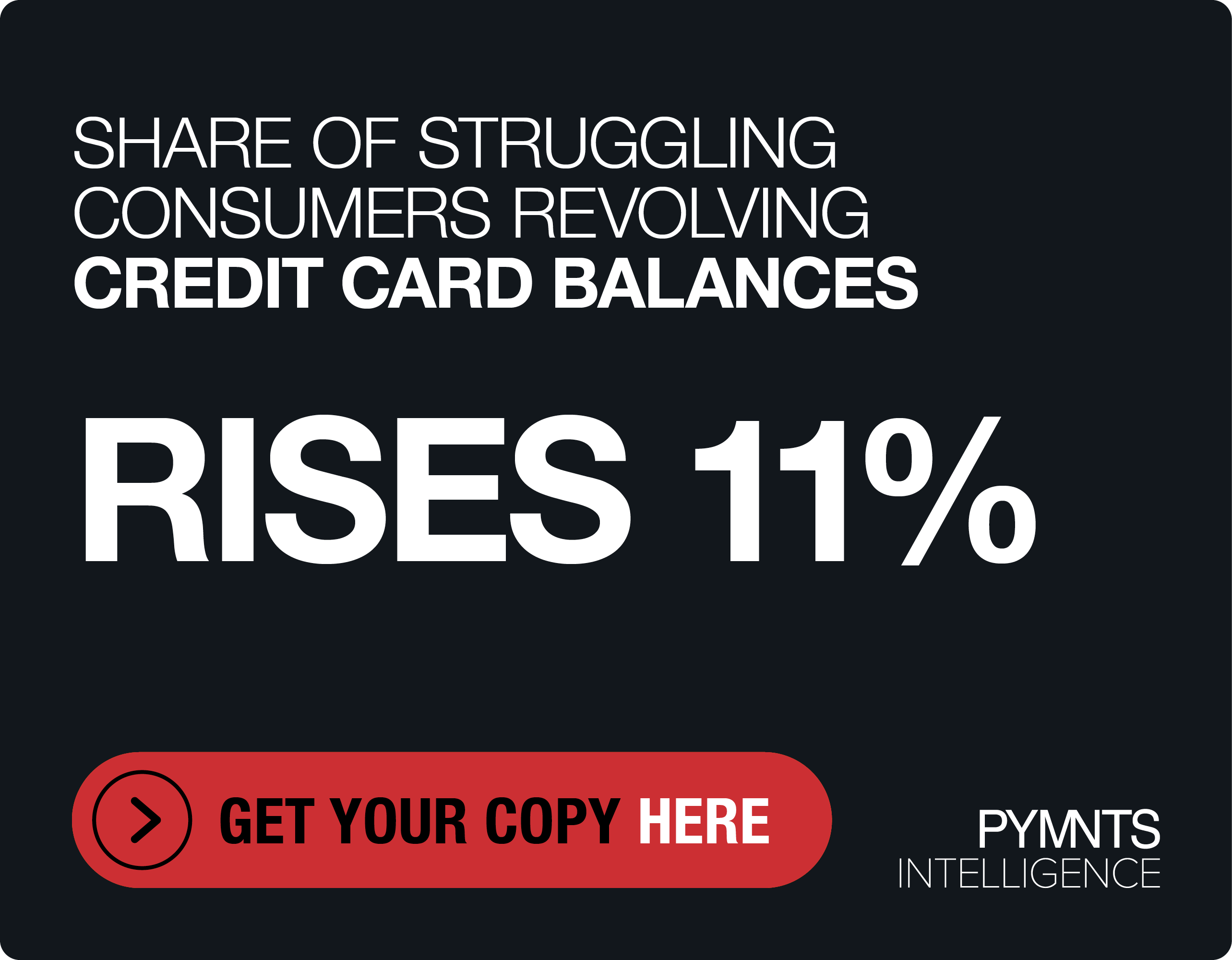Generation Z Will Help Shape Payments Innovations for Years to Come
Jacqueline White, president at i2c, told PYMNTS in a recent interview that “what’s next” in payments may be determined by demographics.
Among the overarching trends dominating the last year of payments innovations — and the innovations that will be hallmarks of 2024 — are generational ones, White said.
“The new generations are up and coming,” she said, “and there are older individuals and households looking at retirement.” In the middle of it all are individuals in midlife grappling with the demands of everyday spending.
“Technology is going to have to be able to sustain all of that — and be the facilitator of making it all happen,” she said, in remarks captured during a recent conversation tied to the continuing “What’s Next in Payments Innovation” series.
Young Digital Natives
Generation Z has entered the workforce, applying for their first (virtual) credit cards and opening bank accounts.
“This is the first generation of digital natives,” she said, “and they prefer digital payment methods over traditional ones.” And that means, she said, that financial institutions (FIs) and other enterprises are examining, and will have to examine, they ways in which they meet younger consumers’ expectations for seamless, digital interactions.
She offered up the example where one of her own grown children bought their first house.
“And of course,” White said, “she expected to be able to get a mortgage,” and the application process done across the convenient form factor of a digital device in the palm of her hand.
The move toward personalization and digital banking, she said, will be aided by technologies including artificial intelligence (AI) and machine learning (ML).
“These technologies are here to stay and are changing our world,” White told PYMNTS. Those technologies, she said, have been around for a while, but now can be leveraged more adroitly to make sense of the oceans of data that surround us every day, that cross banking channels 24/7/365.
Forward thinking FIs, White said, will use AI and ML to harness that data and deliver customized experiences for their users — right down to virtual debit and credit card issuance, and transforming the point-of-sale in-store payment into a “one touch” experience.
“These advanced technologies are going to enable all of this magic to happen in the background,” White said.
Legacy Spaghetti
To make all of that happen, she said, banks and FinTechs of all sizes, tackling modernization, will have to address the challenge of what she termed “legacy spaghetti,” the tangled back-end operations that have taken shape over decades (in the case of the banks). It’s no mean feat to keep up with version control and upgrades, while future proofing operations to embrace what’s next in payments.
Much of that complexity can be streamlined and abstracted away by partnering with firms including i2c, and unified banking platform operations. Those platforms, she said, are in turn integrated with deposits, and other aspects of the core banking experience so that banks and FinTechs can forge embedded payments features that prove attractive to non-financial services companies.
The embedded finance aspect of commerce, she said, will gain ground as digital wallets continue to see wider adoption, especially among younger consumers.
“All of these technologies,” she told PYMNTS, “are emerging, but they will have to be integrated into traditional” banking operations as well.
In the months ahead, White predicted, some payment options will prove more immediately popular in an age of macro uncertainty. Buy now, pay later (BNPL) and credit installment options are tools that allow consumers to spread out the cash flow demands of everyday essentials. The installment plans and BNPL options extended to consumers will be personalized as all manner of providers jockey for share of wallet, she said.
“In an exciting time to be in the payments space,” she said, as 2023 winds down. “There’s certainly a lot happening.”

